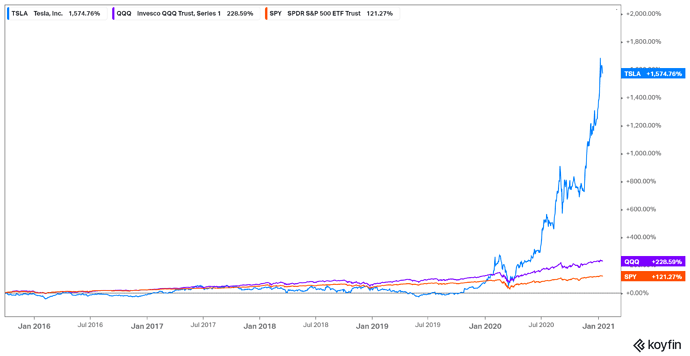There was a lot of excitement this week, with Tesla announcing its official entry into India through the incorporation of an Indian subsidiary. Given the formidable up move in the Tesla shares on the NASDAQ in 2020, those of us interested in the capital markets naturally hoped for a way to trade or invest in Tesla on the Indian markets.
What most people don’t know is that such a mechanism already exists for foreign companies to get listed on the Indian exchanges, in the form of Indian Depository Receipts (IDRs). In this post, I’ll touch upon what IDRs are, and why they haven’t quite caught on in the Indian markets.
What are IDRs?
IDRs are a way for foreign companies to list on the Indian markets, offering Indian investors a way to gain exposure to non-indian stocks in Indian rupees, without the complexities associated with dealing in foreign stock markets. The idea is similar to Global Depository Receipts and American Depository Receipts, which are quite popular internationally.
IDRs are issued by depositories in India, against the underlying equity shares that the issuing company deposits with them. The depository then issues receipts to Indian investors against these foreign shares. After listing, IDRs are traded on the Indian markets like other securities, with all benefits from the underlying foreign shares (Dividends, bonus issues etc.) accruing to the holders of the IDRs in India.
SEBI operationalised the regulations for IDRs in 2006, followed by the RBI which issued detailed regulations from a foreign exchange perspective in 2009. Following these regulatory changes, Standard Chartered became the first foreign company to issue IDRs in India in 2010, raising around 2500 Crore rupees through the issue.
Unfortunately, IDRs have not picked up in India after the Standard Chartered issue - for regulatory reasons as well as due to a lack of market participation. Standard Chartered itself delisted its IDRs recently, citing a lack of market participation.
What went wrong?
There were a number of regulatory restrictions on IDRs that made them unattractive for market participants. Perhaps the most significant restriction was around fungibility of IDRs- fungibility refers to the ability of the IDRs to convert into the underlying foreign-listed shares, and vice-versa. Allowing fungibility would have allowed market participants to engage in arbitrage opportunities across jurisdictions, which would have had the effect of increasing the liquidity in these securities. Unfortunately, fungibility has been discouraged by Indian regulators due to concerns around the potential impact on the Indian Rupee.
The lack of liquidity also resulted in wide spreads, with IDRs trading at a wide discount to the traded price in the foreign markets. In fact, there were times when the Standard Chartered IDRs traded at over 50% discount to their listed price in the UK. These discounts to the traded price in India act as a further disincentive to any other foreign companies that may have considered raising capital through the issue of IDRs in India.
Foreign companies issuing IDRs in India are also required to mandatorily raise fresh capital (as opposed to listing existing shares). The listing and disclosure requirements are also quite cumbersome for such foreign companies, often being more onerous than the regulations in their home jurisdictions. There is also some confusion around the tax treatment for IDRs.
Lastly, the annual depreciation of 2.5 - 5% of the Rupee against the US dollar makes it unviable for foreign companies to hold their assets in Rupees in the long run. Foreign companies need to factor in currency risk while pricing their issues, making it relatively unattractive.
Will things change going forward?
Over the last few years, large foreign companies have consistently grown bigger in India, capturing ever-increasing market share (think Apple, Amazon, Google or Netflix). If the regulatory issues with IDRs were solved, some of these companies might consider listing in India as a brand-building exercise. Having a local population owning stock in a company and getting to be part of the wealth creation process can help significantly in this exercise.
We remain hopeful. Let’s hope we see Tesla on the Indian bourses soon!
